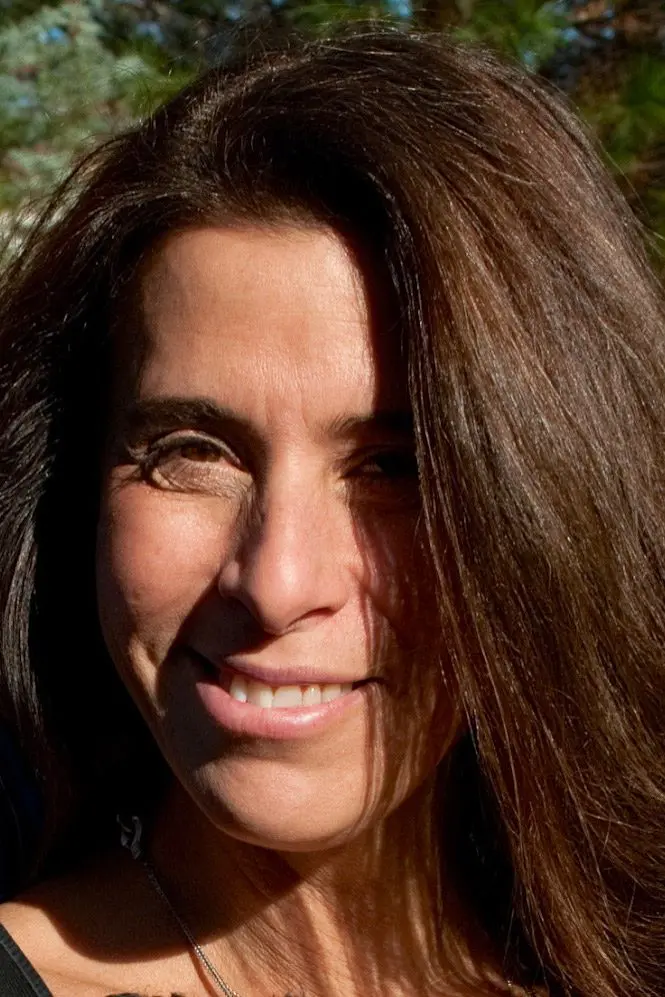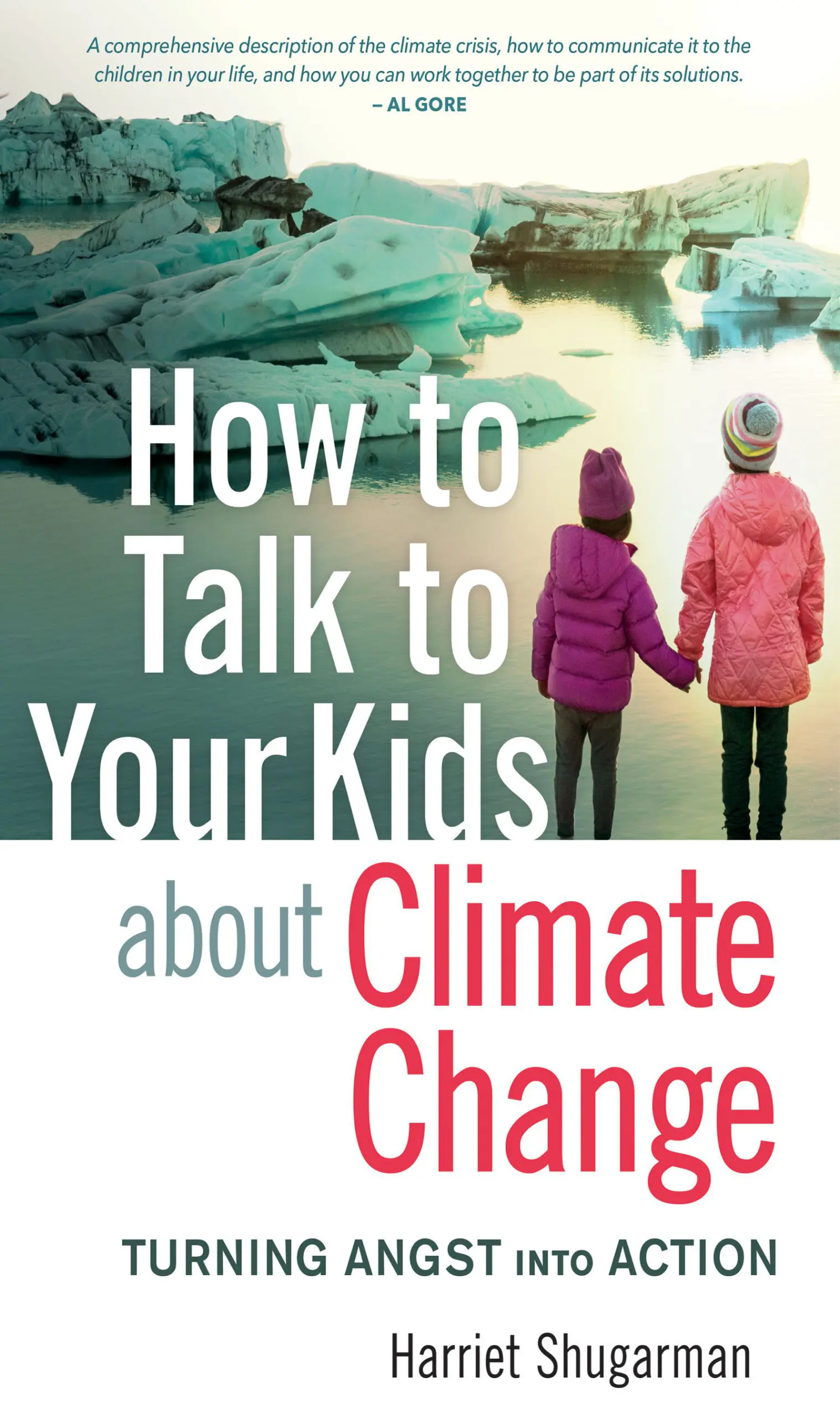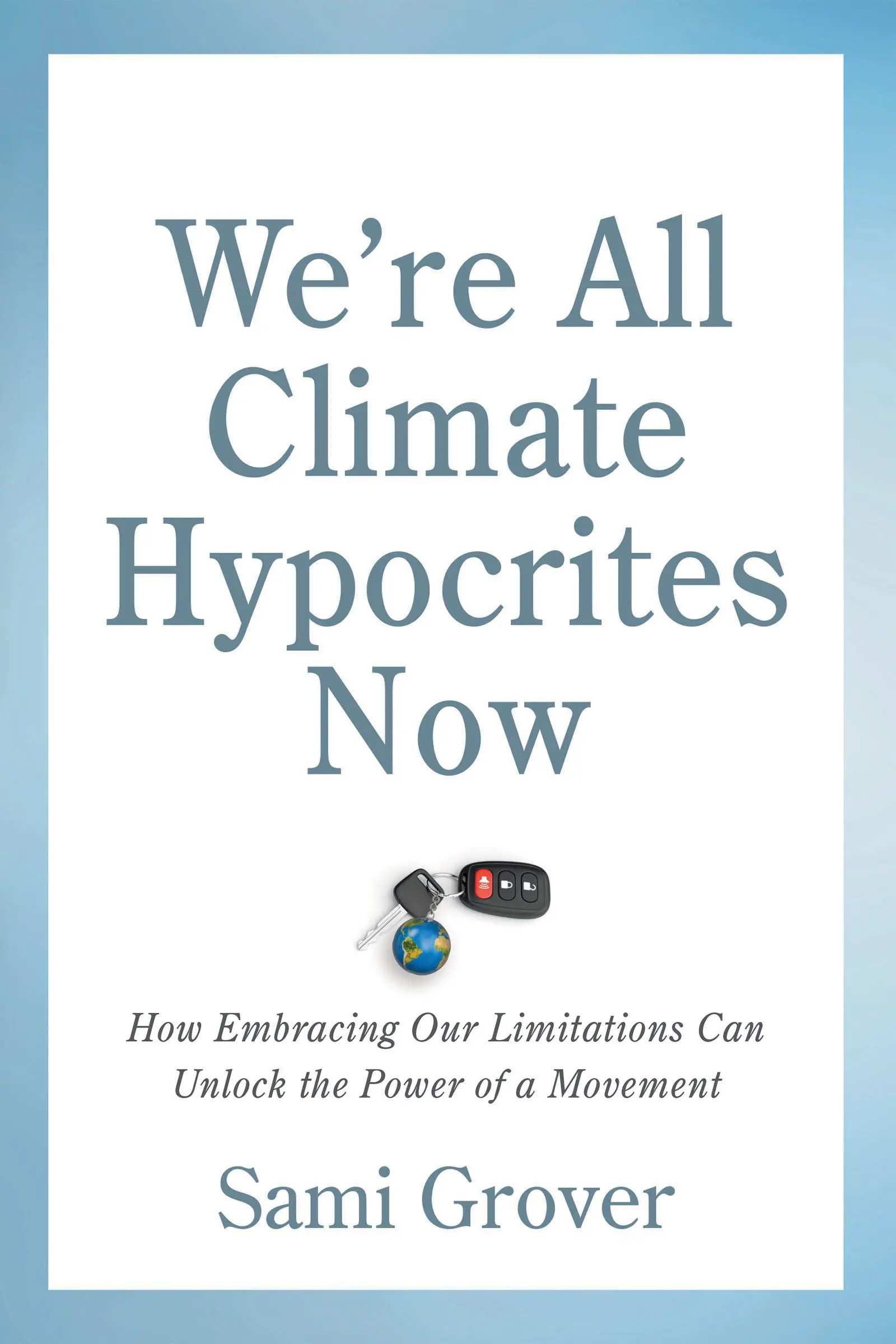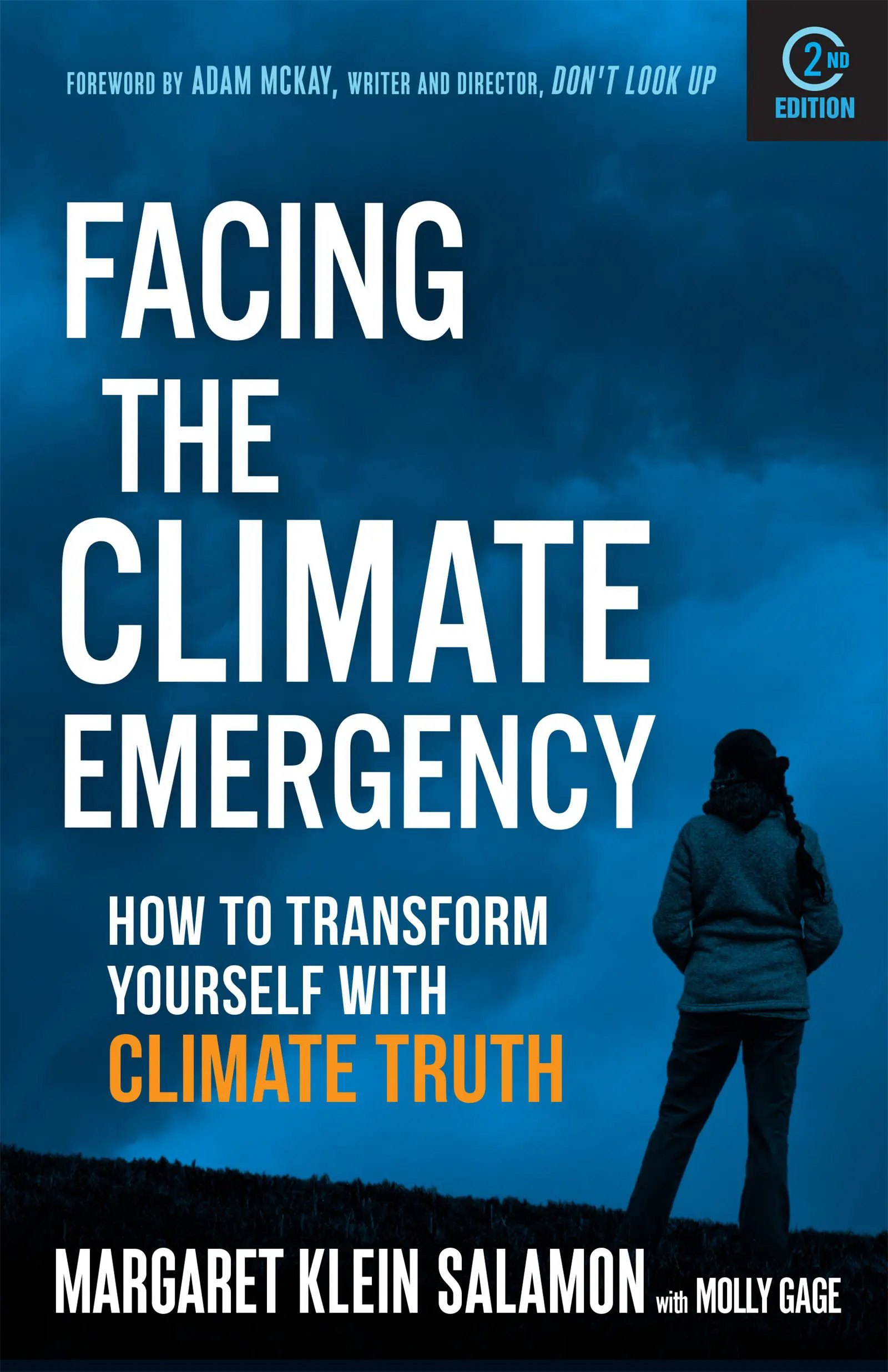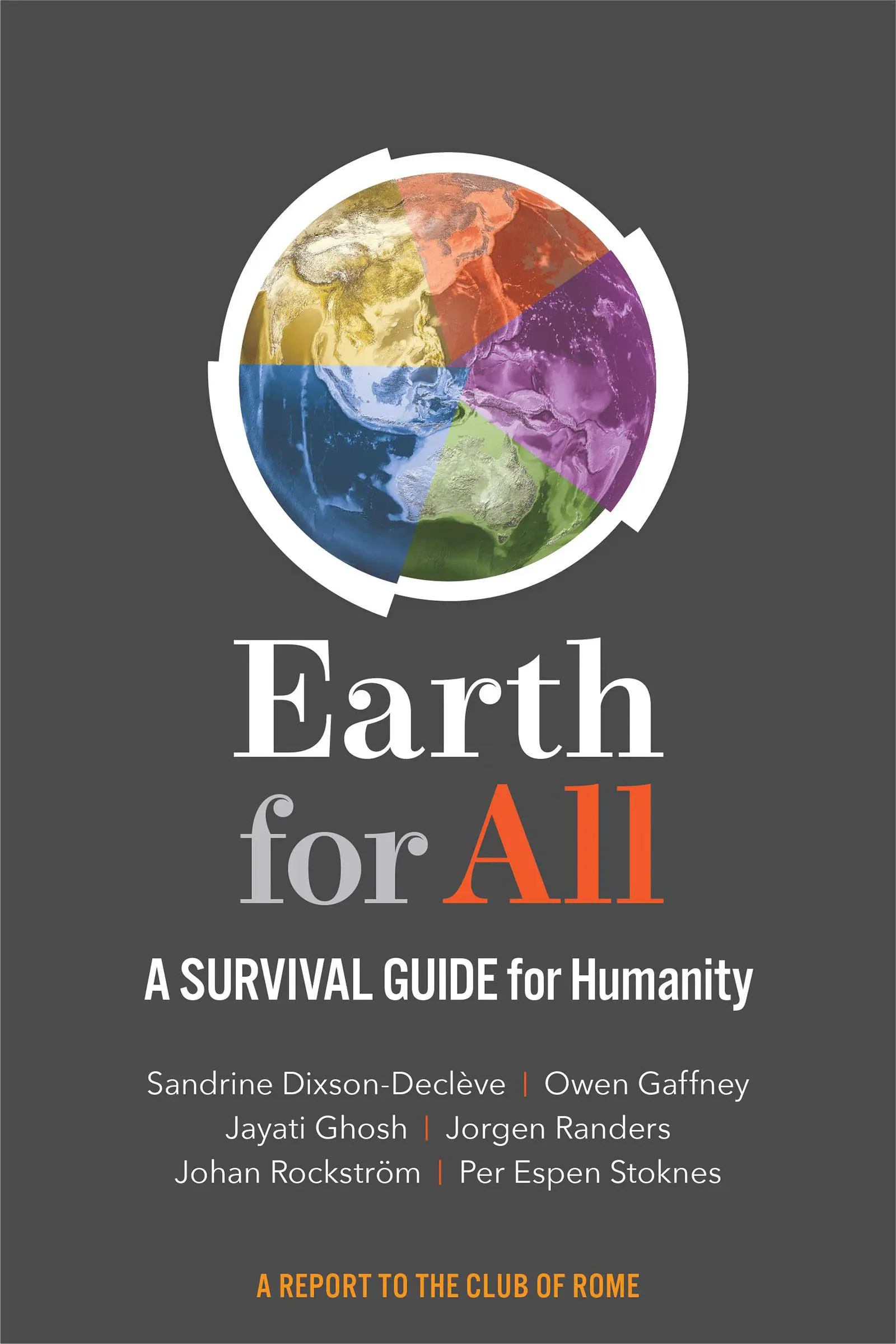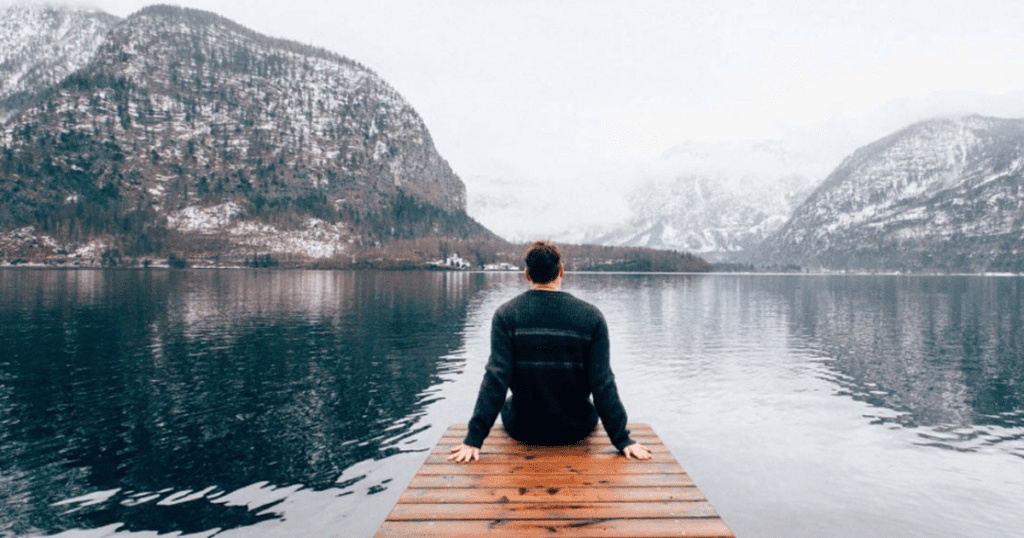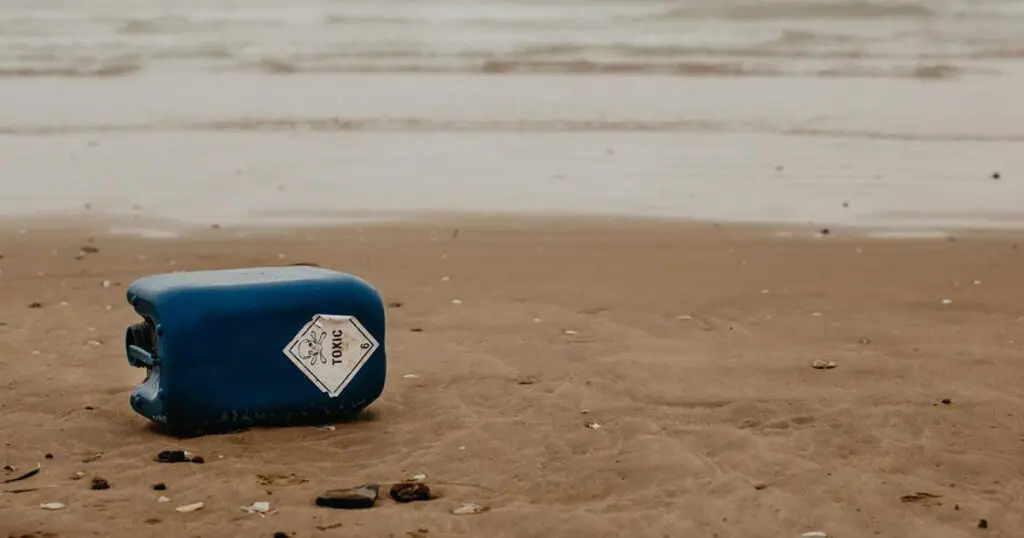
In How to Talk to Your Kids About Climate Change, author Harriet Shugarman provides a thoughtful guide for parents on how to discuss climate issues with their children. Shugarman emphasizes the value of giving kids accurate information, encouraging hope, and motivating them to take positive actions while also promoting resilience and empathy. In this excerpt, she suggests that as we navigate the evolving environmental landscape, we may be at an important crossroads. Although the future is uncertain, our decisions will influence our planet’s and future generations’ well-being. While Earth will endure for billions of years, the key question is how we will shape our own future.
Creating a Million Ripples: From Me to We
The first time that we, as a species, viewed a photograph of our home was in 1968, when a picture taken by astronauts on the Apollo 8 space mission was sent back to NASA. Millions of viewers were glued to their televisions, and together we went from me to we—we saw our planet rising above the moon’s surface, a pale blue dot set in one frame, suspended in space. It seems that a collective sigh was released around the globe that day. An understanding, recognition, and realization were born—our planet is fragile. And we began to realize that we would need to find ways to come together to protect her. Within two years of the 1968 Earth Rise photograph, we celebrated the first Earth Day. In the US, a Republican president established the Environmental Protection Agency, and the first national Clean Air and Clean Water Acts were established.
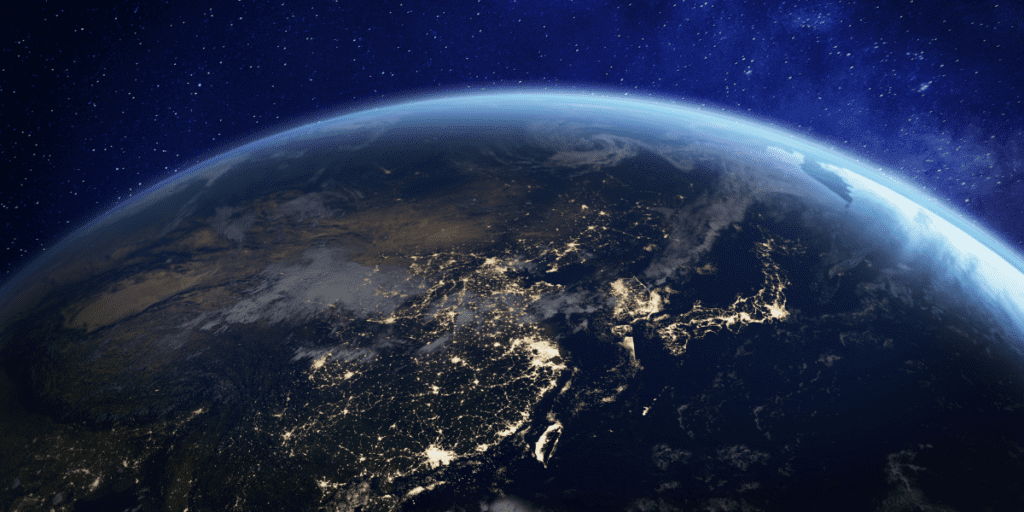
Today, with hundreds of channels and a seemingly endless stream of media sources, it is increasingly uncommon for millions of viewers to watch the same thing, at the same time, around the world. More than 50 years after our first glimpse together of our home, our planet is healthier in some respects than she was then, and yet infinitely and precariously worse.
The Earth—our home—has been around for billions of years and will continue being around for eons more. The question we must ask as we enter the epoch of the Anthropocene is, “Will we?”
We stand now where two roads diverge.
But unlike the roads in Robert Frost’s familiar poem,
they are not equally fair. The road we have long been traveling
is deceptively easy, a smooth superhighway on which we progress
with great speed, but at its end lies disaster. The other fork of
the road—the one less traveled by—offers our last,
our only chance to reach a destination that
assures the preservation of the earth.—Rachel Carson, writer, scientist, ecologist, environmentalist, marine biologist, Silent Spring, 1962
The good news from my Climate Mama vantage point is that so many more people are engaged, aware, and taking action. And they are demanding that those who can go big to protect our species— and all species—do so with the urgency that our crisis demands. People all over the world are finding ways to be more thoughtful and deliberate with actions that will impact the planet, at the same time as more and more are waking up to the emergency we face.
Be inspired. Help is here.
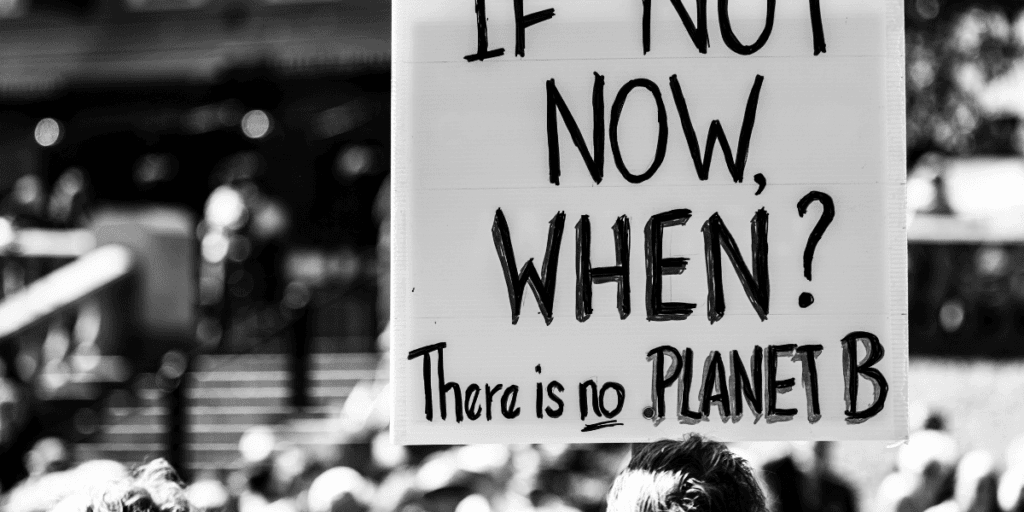
Those of us who have been working on climate issues for years experience a multitude of feelings as we watch the exciting impacts of new climate activists—young and old—on the scene. These people are digging in and taking action. For me, the first thing I feel is a huge sense of relief; this existential crisis isn’t resting squarely on my own shoulders. I can take a deep breath—maybe even some time off—as others join en masse to carry the burden and the knowledge forward. I am truly confident that we can and are creating lasting and active hope. I also stand aside sometimes, as I listen and watch with bemusement, as new friends and colleagues rightly and indignantly state, “If only others would wake up and take action immediately, we would solve this so much faster!”
I get it, and I so agree. I remind myself regularly to say thank you to all, acknowledging those who have come before, those who remain, and those who are just jumping in. From my perspective, reminding our children through examples of kindness, even as we face our urgent reality, matters more than ever. We mustn’t forget, in our haste to take climate action, that the lessons of compassion, kindness, justice, empathy, and thoughtfulness, particularly as the world seems to spin out of control, remain our parental responsibility. These lessons are key to building resiliency and strength so that our children remain strong and directed—so that they weather the storms ahead and become leaders themselves, inspiring others through their actions, deeds, and words.
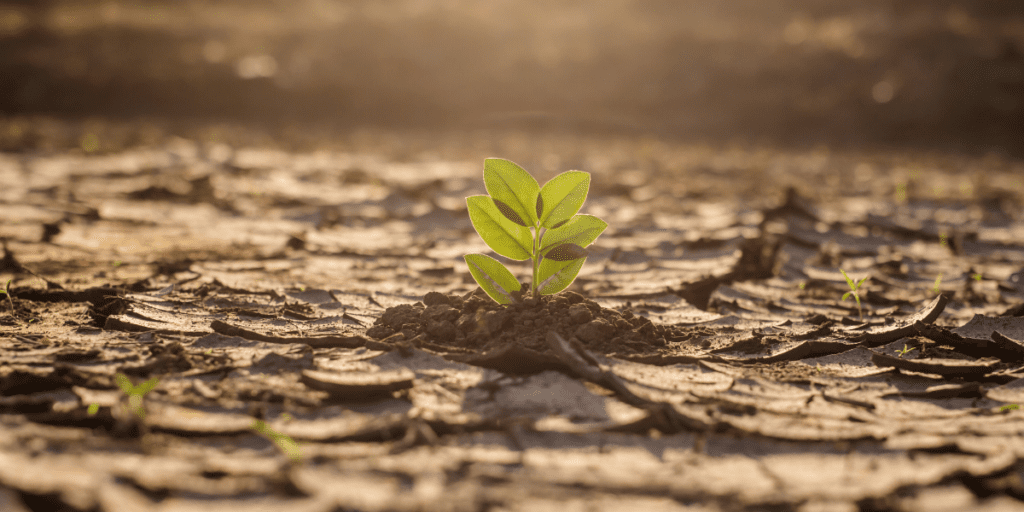
Are you a fan of the Avengers movie series? Spoiler alert, in case you haven’t seen Avengers: Endgame, stop reading and skip to the next page.
Imagine for a moment that we can travel back in time, keeping all our knowledge from our current time period. In Avengers: Endgame, the characters invent a time machine to travel back to find the infinity stones that will bring back half of all life in the universe (those who were disappeared by Thanos in his twisted quest to save the universe from the damages our species brought upon itself).
In a similar way, with a less dramatic wave of the infinity stones, let’s for a moment travel back together to the Titanic: we are on board the day before it crashes into the iceberg that sank it. We know what’s going to happen. Yet everyone around us is unaware; they are oblivious to what tomorrow will bring, simply enjoying the moment they are in. Some are in awe of the beauty around them, admiring nature’s incredible ice sculptures; others are simply mesmerized by the ship itself. Yet, we know what’s coming and no one believes us. No one hears our warning cries. Our children have alerted us, and we have shared their news with the ship’s crew. Our children’s eyesight is strong and clear. They see the iceberg and know we are on a crash course. But this is 1912. Children are to be seen and not heard. Passengers and crew alike aren’t sure what to do about us or our children. Some ignore us; others suggest we seek professional help; and others try to talk sense into us. It’s common knowledge that the Titanic can’t turn on a dime. But we know that if the process of changing course isn’t begun immediately, we will hit the iceberg and many people will lose their lives. What do we do? How do we make people see, hear, and believe us and our children?

Clearly and frustratingly, it shouldn’t be so hard for us to break through the chatter of ignorance. Scientists are shouting from the rafters, ringing alarm bells. Mother Nature is working overtime to wake us up. Children’s voices and faces have replaced polar bears as the call to action.
Thinking in Systems and Channeling Systemic Change
Change can happen in the blink of an eye, roaring in like a tsunami, unexpected and with momentous force. Yet in most instances, the tsunami has been built from a million ripples.
In 2006, my son and nephew were ring bearers at my brother Michael’s wedding to his husband, Phillip. In 2005, Canada became one of the first countries to legalize same-sex marriage. Marriage equality was a long time coming—built on hard work; the letting go of preconceived, outdated, and prejudicial beliefs; years of meetings; protests both violent and peaceful—all parts of the same movement to foster equality and champion love. Marriage equality isn’t universally accepted, but it is a growing and recognized right in many places around the world. Sadly, seemingly inalienable rights, like access to clean water, clean air, a livable future, education for all, and freedom of speech, remain unsettled, unclear, or inaccessible for too many people and in too many places across the globe.
Our climate movement is growing in jumps and starts, but real transformational change is beginning to break through.
And yes, I know we need a system change rather than individual change. But you cannot have one without the other.
—Greta Thunberg, Brilliant Minds Conference, Stockholm, 2019
Systemic change is built on hard work that often goes unrecognized and unacknowledged. When systemic change happens, it sometimes seems like magic, like that moment was meant to be, transformative in its place and time in history. Women’s voting rights, reproductive rights, anti-slavery laws, and LGBTQ rights are all systemic changes that have been made, but they all occurred because people followed a path that had been put in place by others. Sometimes the path is clear, meticulously marked and easy to follow. Other times its worn away; trail markers are broken and scattered across decades, and even centuries. But the path is there nonetheless, regularly cleared, sometimes by individuals acting alone and other times by groups working together.
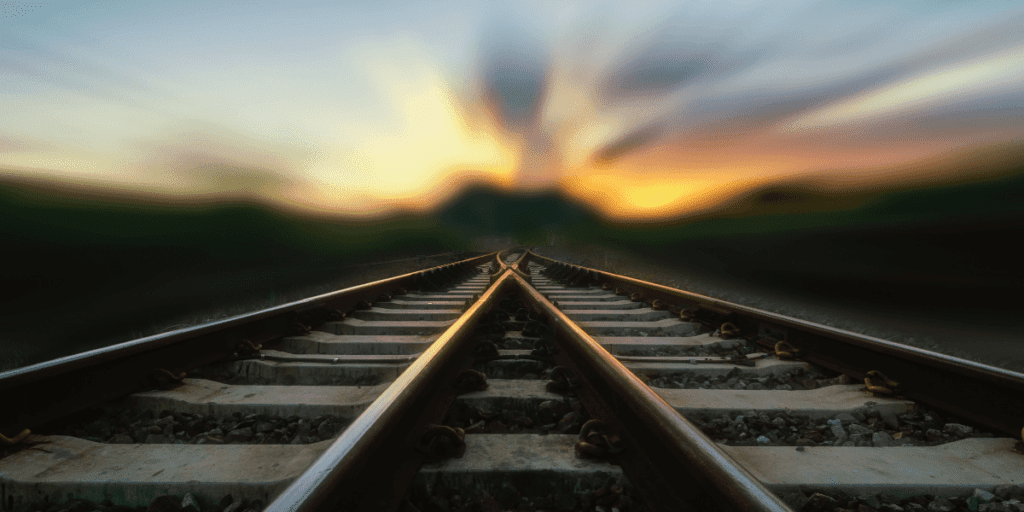
Unfortunately, many of these hard-fought-for rights—seemingly safely ensconced in law—are being repeatedly challenged today. We can never truly let our guard down. In places around the globe, many of the rights we consider settled are not recognized or codified into law. In 2019, my daughter’s right to control what happens to her own body, something fought for when I was a child, something that seemed settled and protected in the US decades ago, is once again under new (and increasingly aggressive) threats. We need to be watchful and constantly on guard.

